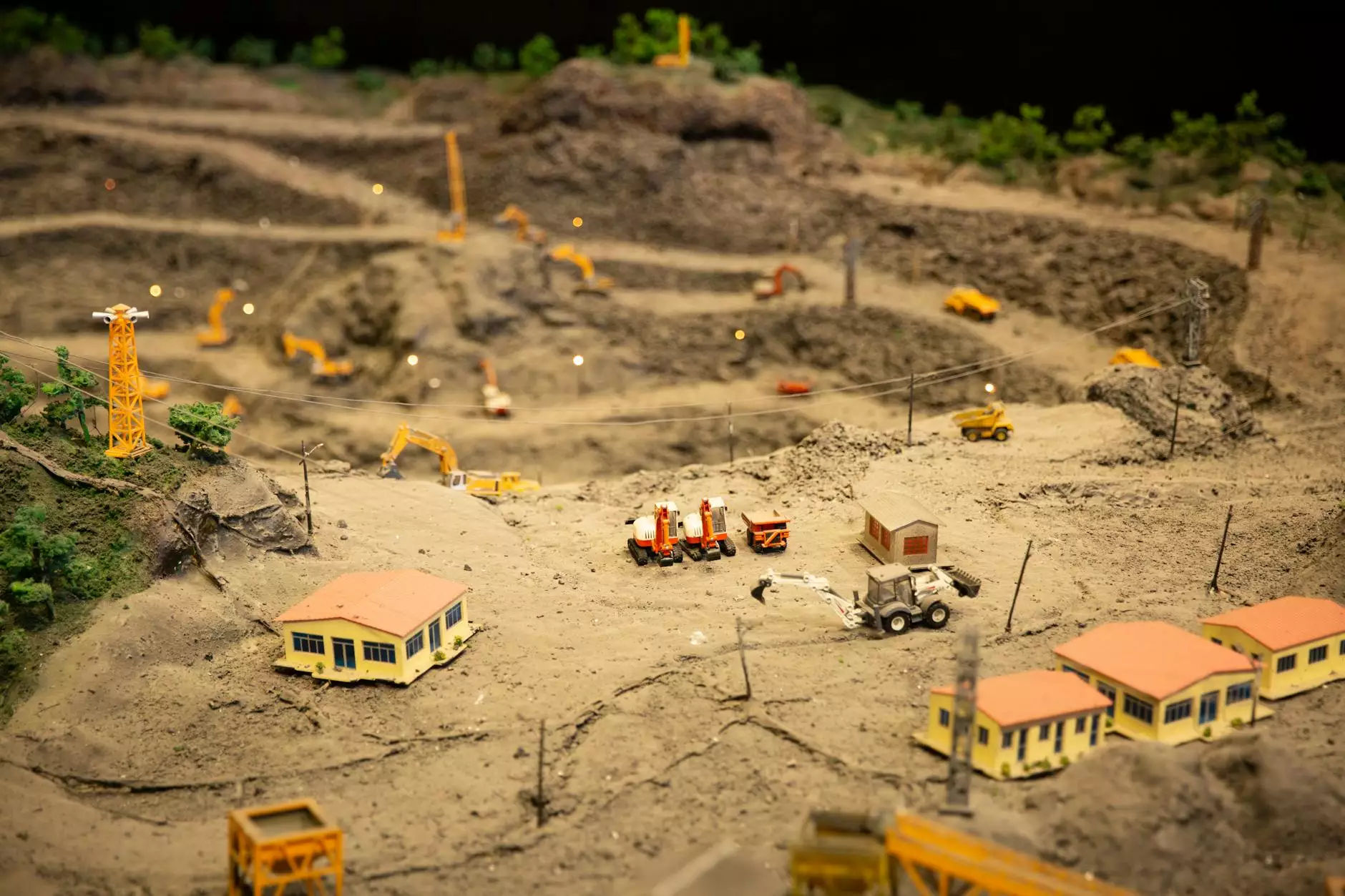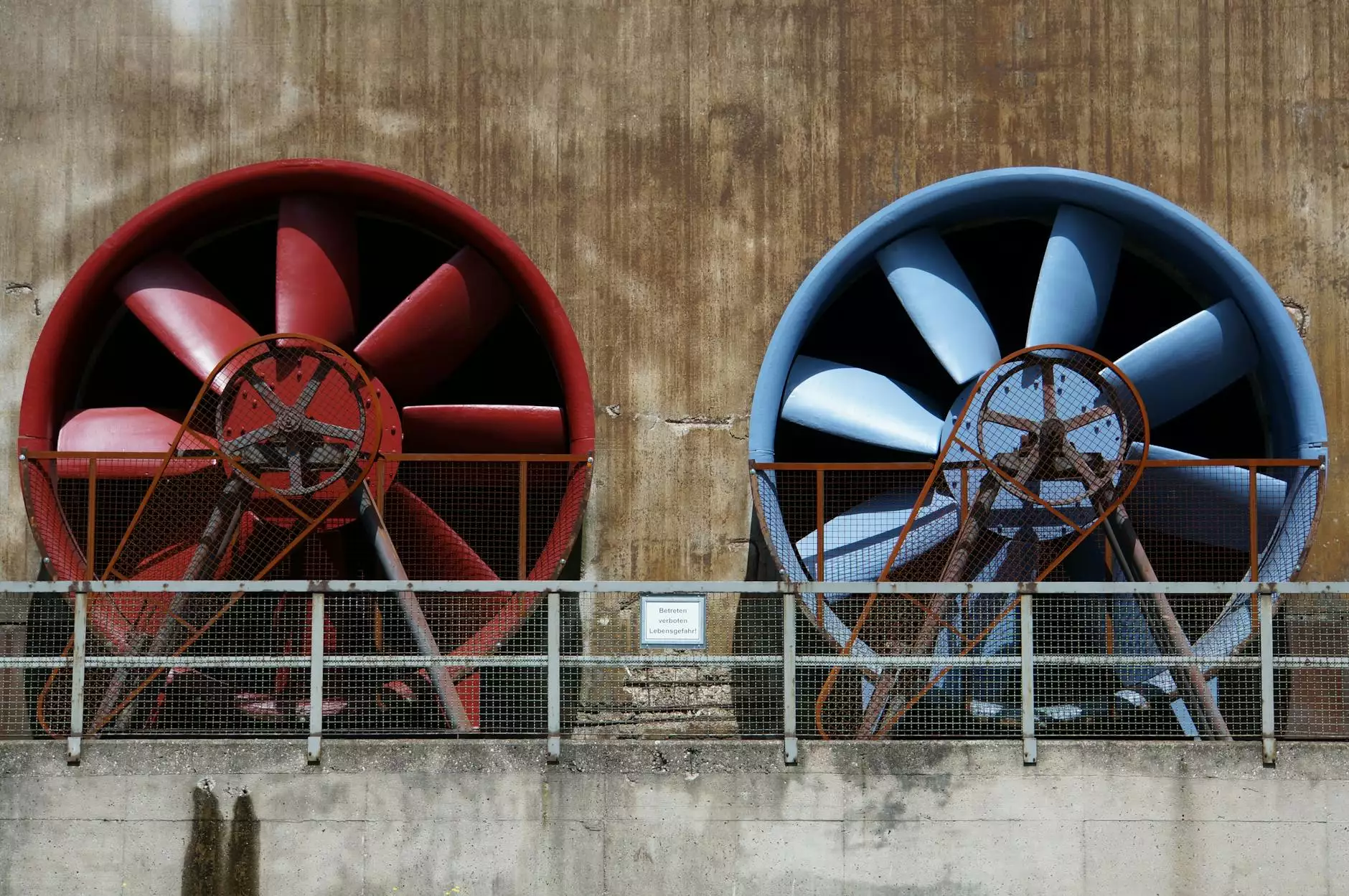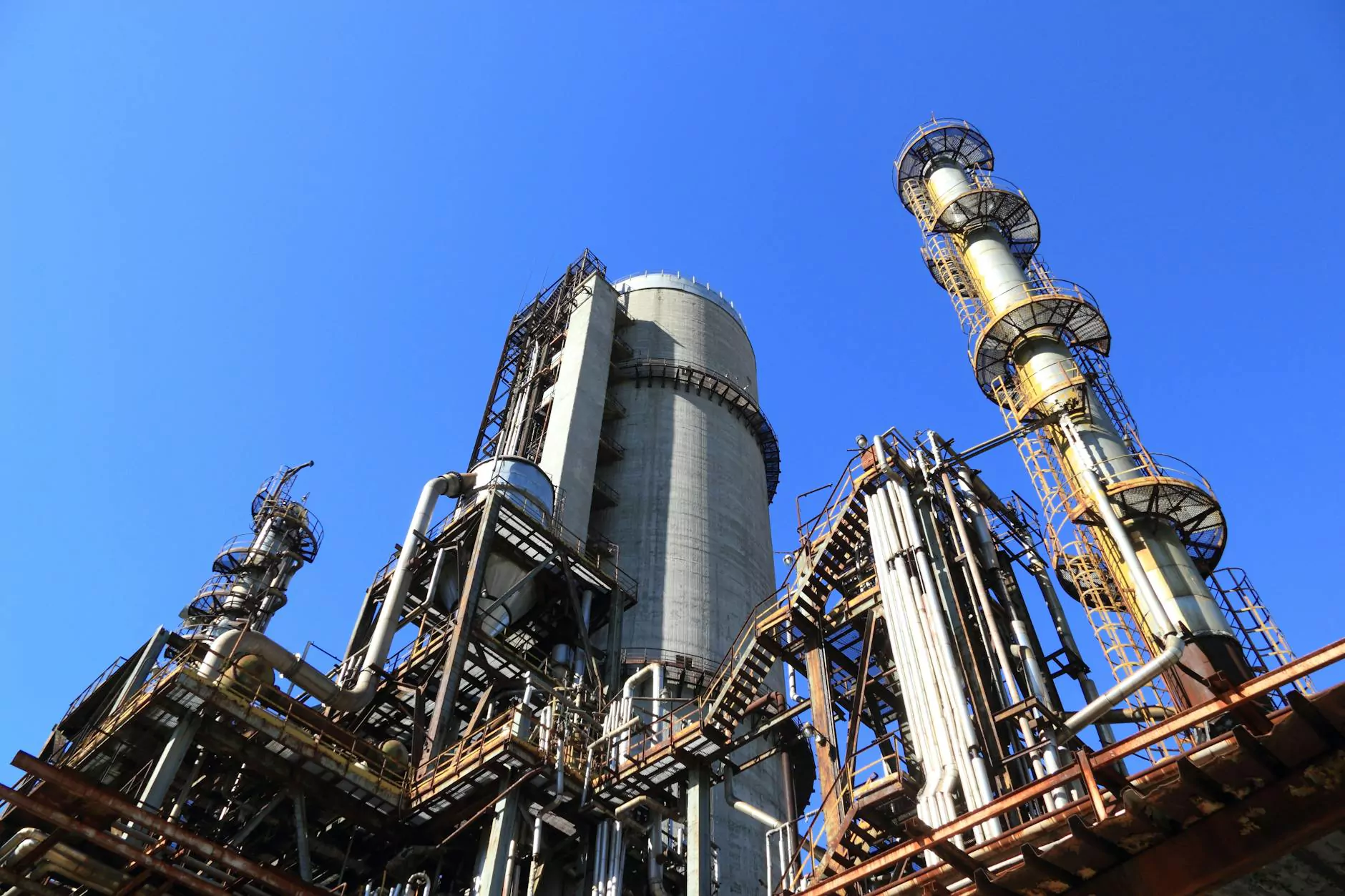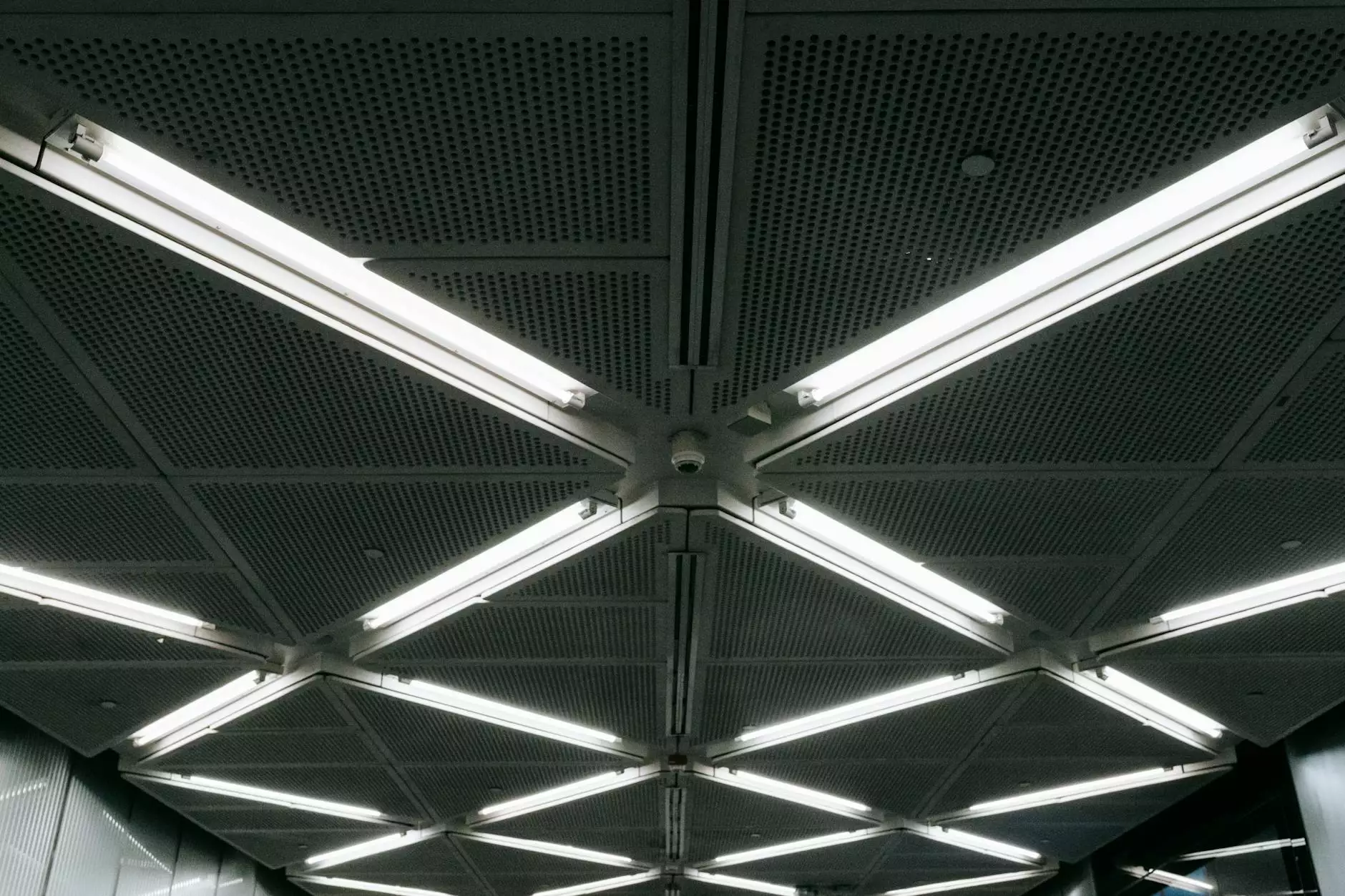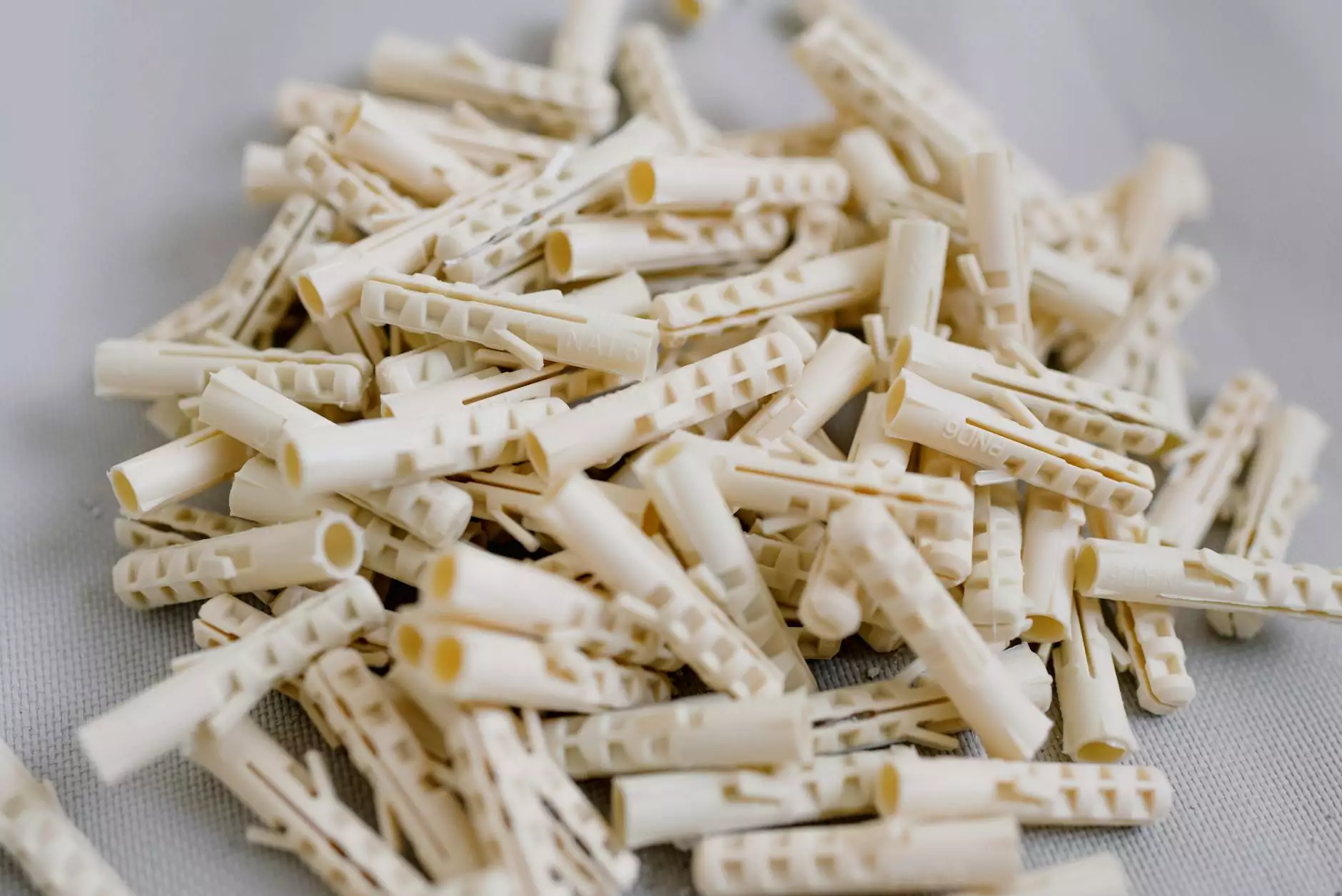How To Reinforce Concrete
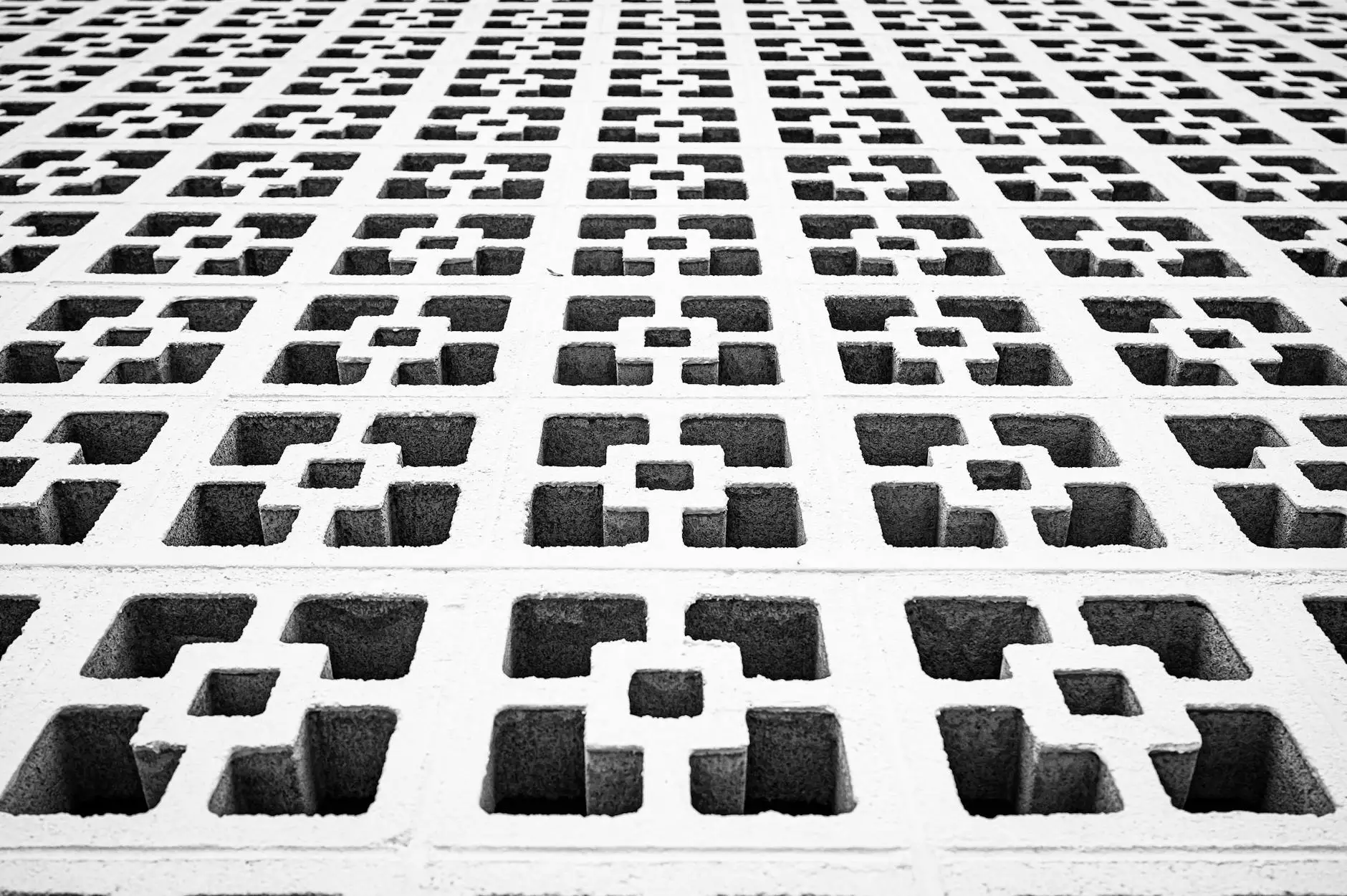
Introduction
Welcome to Powder Keg, your trusted partner in the field of concrete reinforcement. In this comprehensive guide, we will walk you through the essential techniques and methods to reinforce concrete, ensuring its longevity and structural integrity.
Why Reinforce Concrete?
Concrete, although a highly durable material, may still be prone to cracking, stress, and other forms of damage over time. To mitigate these issues and prolong the lifespan of your concrete structures, reinforcement becomes crucial.
Benefits of Concrete Reinforcement:
- Enhanced strength and load-bearing capacity
- Increased resistance to cracking and impact
- Better durability and longevity
- Improved resistance to environmental factors
Methods of Concrete Reinforcement
1. Steel Reinforcement:
One of the most common methods to reinforce concrete is through the use of steel reinforcement bars, also known as rebars. These bars are strategically placed within the concrete to provide additional strength and support. By bonding with the concrete, the rebars effectively distribute load and prevent excessive cracking or structural failure.
Advantages of Steel Reinforcement:
- High tensile strength
- Flexibility and versatility
- Cost-effective reinforcement solution
- Compatible with various concrete structures
2. Fiber Reinforcement:
In recent years, fiber reinforcement has gained popularity as an alternative to steel reinforcement. Rather than using steel bars, this method incorporates fibers, such as glass, polypropylene, or steel, into the concrete mixture. These fibers enhance the concrete's resistance to cracking and provide increased durability.
Advantages of Fiber Reinforcement:
- Improved impact resistance
- Reduced shrinkage and cracking
- Increased resistance to temperature variations
- Enhanced resistance to chemical degradation
3. Reinforced Concrete Walls:
Reinforced concrete walls offer a robust solution for structural stability and load-bearing capacity. By incorporating steel or fiber reinforcements within the walls, builders can ensure the safe and long-lasting performance of the structure. These walls are commonly used in residential, commercial, and industrial settings.
Advantages of Reinforced Concrete Walls:
- Superior strength and stability
- Reduces structural vulnerability
- Provides efficient insulation
- Fulfills architectural and design requirements
4. Pre-stressed Concrete:
Pre-stressed concrete is a specialized technique that involves applying internal stresses to the concrete before subjecting it to applied loads. This method creates compression within the concrete, counteracting the tensile forces that lead to cracking.
Advantages of Pre-stressed Concrete:
- High load resistance
- Improved crack control
- Longer spans without the need for additional support
- Efficient solution for bridges, beams, and slabs
Conclusion
Reinforcing concrete is essential for ensuring the sustainability and longevity of your construction projects. By incorporating the right techniques, such as steel reinforcement, fiber reinforcement, reinforced concrete walls, or pre-stressed concrete, you can fortify your structures against various external and internal forces.
At Powder Keg, our experienced professionals are well-equipped to handle all your concrete reinforcement needs. Contact us today to learn more about our services and how we can assist you in reinforcing your concrete structures for optimal performance and durability.


